Physical Address
304 North Cardinal St.
Dorchester Center, MA 02124
Physical Address
304 North Cardinal St.
Dorchester Center, MA 02124
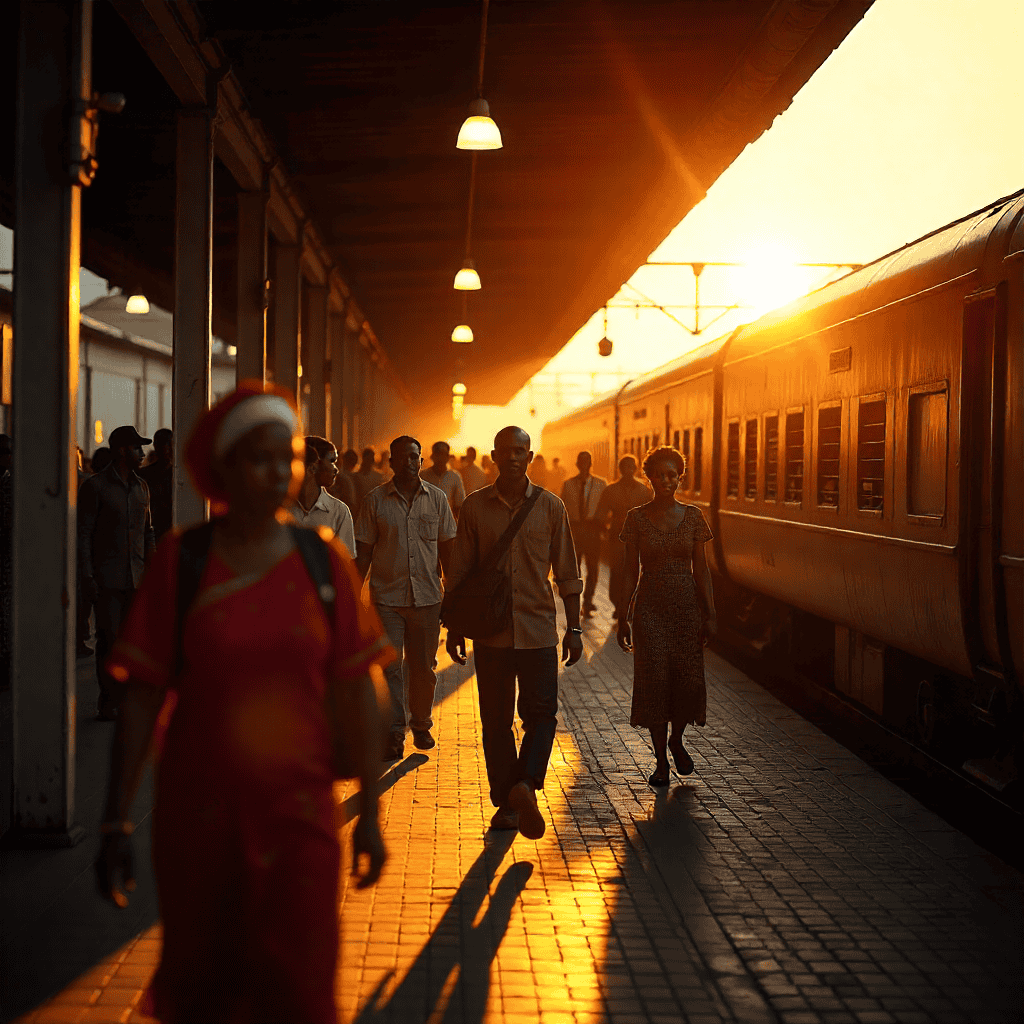
African railway heritage is more than steel and sleepers. It is the story of ambition, resilience, and cultural transformation across the continent. Each line built carries the marks of history, from colonial exploitation to symbols of luxury and unity.
Travelers today admire the views from restored trains. Yet beneath the comfort lies a deeper narrative—the African railway legacy that shaped nations and communities.
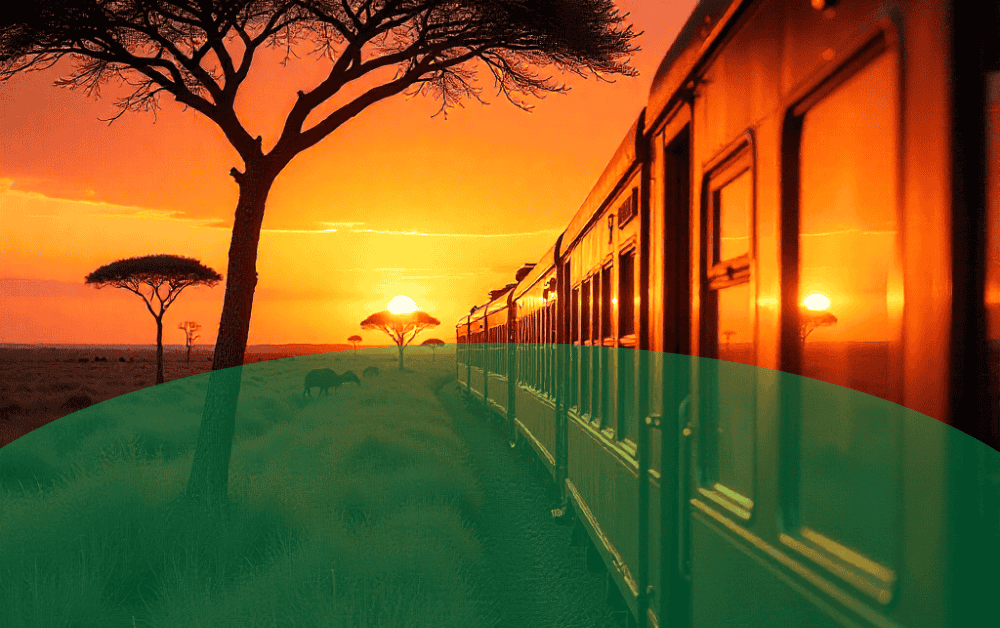
The origins of historic African railways date back to the late 19th century.. European powers rushed to carve the continent during the Scramble for Africa (Britannica). Railways became the key to moving resources from inland to coastal ports.
👉 See our article The Iron Road: A History of African Railways for deeper insight into these early colonial ambitions.
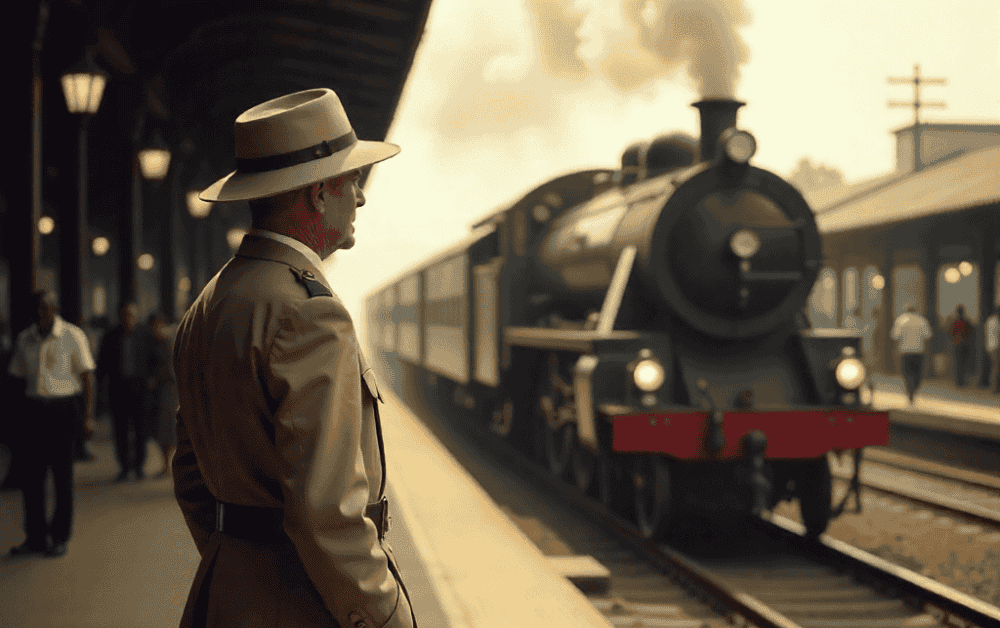
Building the railways required conquering some of the toughest landscapes on Earth. Engineers faced mountains, escarpments, and vast deserts. The story of African railway heritage includes bridges over mighty rivers and tunnels blasted through rock.
👉 Learn how these routes became luxury journeys in Luxury Train Routes in Africa: SA, Egypt & Morocco].
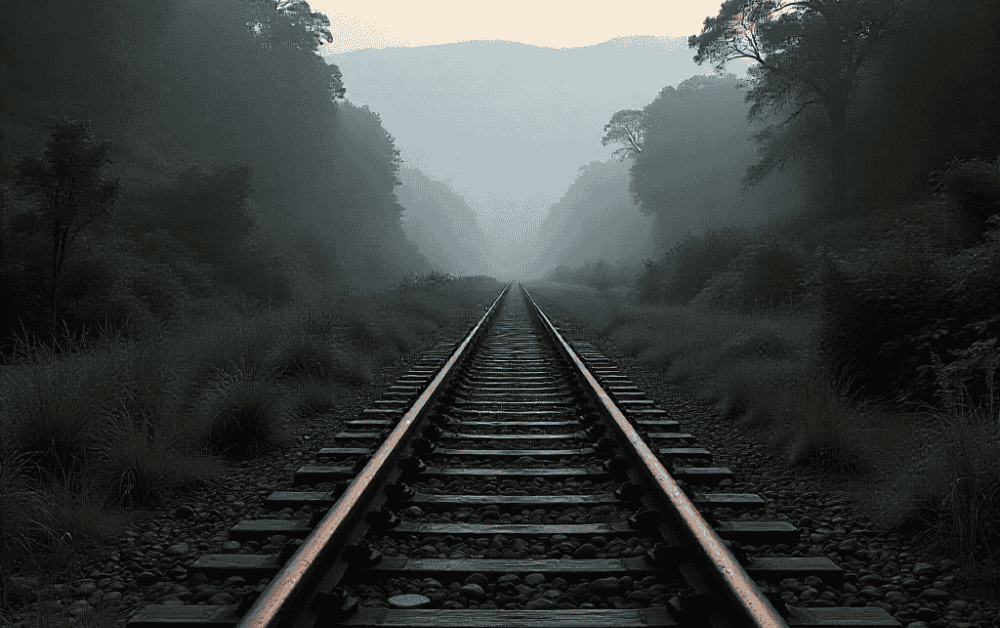
African railway heritage was built on human sacrifice. Workers faced extreme heat, disease, and dangerous wildlife.
These stories shaped the memory of railways across Africa. The contribution of these workers lives on in culture, trade, and community identity.
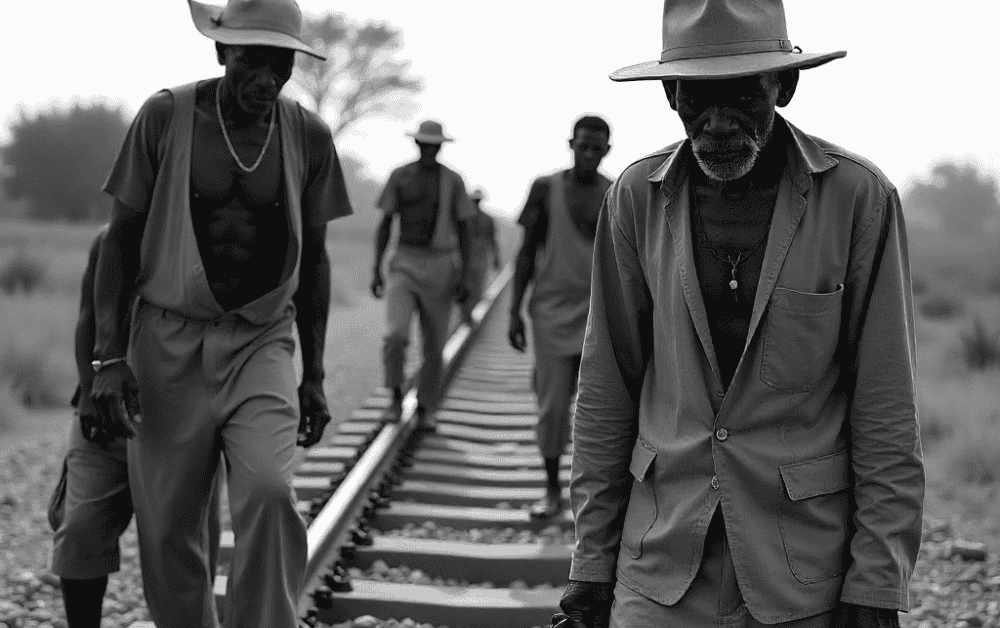
Railways did more than move goods. They connected cultures, towns, and languages. Stations became hubs where traders, travelers, and cultures met.
👉 See UNESCO World Heritage for cultural sites linked to historic African rail routes.
Image Suggestion: Local market scene near a railway station.
Alt Text: African market beside a railway station, showing cultural impact of African railway heritage.
With independence came new priorities. Cars and airplanes replaced trains as the main modes of transport. Many railway lines declined, with infrastructure left to decay.
Yet, rediscovery came when visionaries saw the heritage value in these tracks.
👉 Read about one of Africa’s most iconic revivals in Rovos Rail – The Pride of Africa.

The late 20th century brought a renaissance. Luxury trains restored the charm of African railway heritage.
Travelers now enjoy history, culture, and scenery in comfort.
African railway heritage now moves toward a sustainable future. Projects across the continent focus on electrification and eco-tourism.
The future of African railway heritage lies in balancing innovation with respect for history.
African railway heritage is a story of ambition, sacrifice, culture, decline, and revival. From colonial projects to luxury trains, the tracks tell Africa’s story.
Today’s traveler experiences more than a journey—they connect with a living heritage. Every mile crossed is part of the African railway legacy, shaping both past and future.